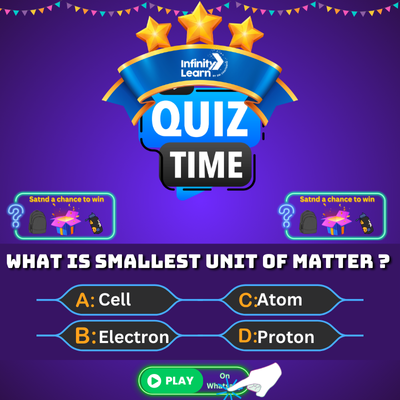Coefficient of Viscosity Coefficient of Viscosity Definition: The coefficient of viscosity, also known as dynamic viscosity or simply viscosity, is […]
Uncategorized
What is an Alloy? – Definition, Constituents, Properties and Example
What is an Alloy An alloy is a mixture of two or more metals. The metals are mixed together in […]
Phase – Introduction, Diagram, Facts and FAQs
An Introduction to Phase – State of Matter ; The three phases of matter are solid, liquid, and gas. In […]
Physical Separation Methods – Filtration, Centrifugation, Magnetism, Evaporation and Distillation
physical-separation-methods There are a few different methods of physical separation that can be used to isolate a desired compound from […]
Glycerin – Uses, Side Effects and Properties | Glycerol
Glycerin Glycerin – Uses: Glycerol or more commonly called glycerin is, in simple terms, organic alcohol which is a mixture […]
Pi Bonds – Characteristics, Formation and Sigma Bond
pi-bonds Pi-bonds are covalent bonds that are formed when two atoms share one or more pairs of electrons. These bonds […]
Isotope Meaning – Definition, Representation, Comparison, Applications, and FAQs
Define the Term Isotope? ; An isotope is a form of an element that has the same number of protons […]
Redox Titration – Types, Principle, Examples and FAQs
What is Redox Titration? Redox Titration – Types: Redox titration is a technique employed in analytical chemistry to determine the […]
Supersaturated Solution – Crystallization, Condensation, Applications and Examples
What is a Solution? Supersaturated Solution – Crystallization: A solution is a mixture of two or more substances. The substances […]
Diffusion and Osmosis – Importance, Examples and Types
Why is Osmosis And Diffusion Important To Living Organisms? Osmosis and diffusion are both important to living organisms because they […]


